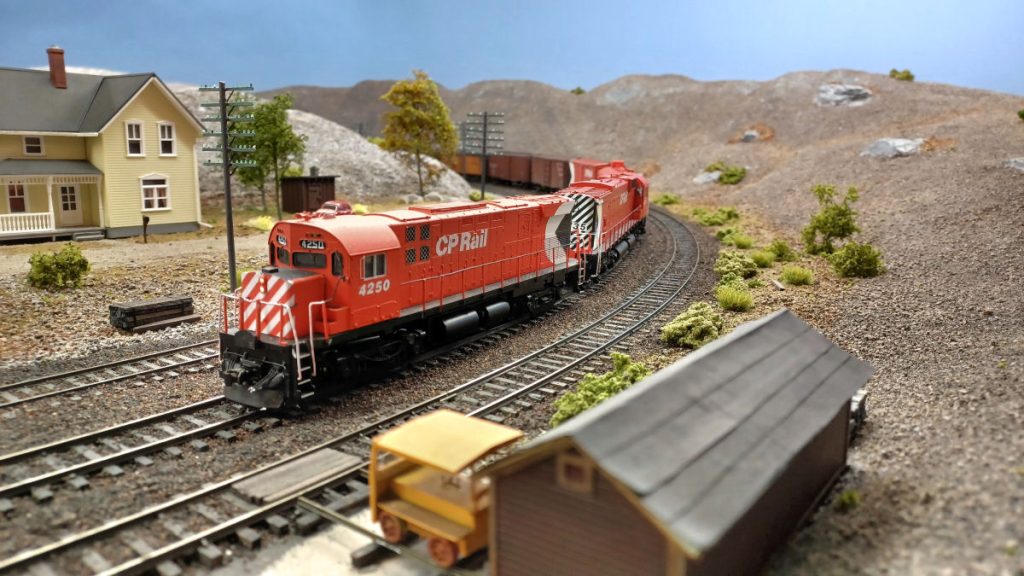System Operating Plans General Instructions for High Reliability Trains 901,902,921,949,951,952,953,965
The objective with these trains is to place all cars on schedule at the
consignee’s siding. The minimum goal will be on-time placement of 85% of the
Group “A” traffic (Pool, Piggyback, Containers, Perishables and Automobiles
as specified for each train). The measurement is made weekly and on an annual
basis by comparing daily placements of cars with the scheduled placement times.
Marketing and Sales and Operating personnel will ensure that shippers are
informed that cut-off times must be met if scheduled delivery is to be consistently
achieved.
The plan of operation covers movement from dock to dock (or to interchange point).
Terminal operations must be planned to provide car handling at origin and destination
within the established car schedules.
In order that these measurements can be made, daily reports are to be telephoned
to the System Operations Centre from Vancouver, Calgary, Regina, Winnipeg, Thunder
Bay, Toronto, Montreal and Saint John giving the following car placement data for
Group “A” traffic:
- Total cars placed
- Total cars placed late
- Time of placement of late cars only
- Reason for late placement
Time of placement will be defined as time that first car or cut of cars is placed.
The power-to-weight ratio must not fall below that specified.
Train symbols must not be changed enroute. If sections are required the first
section must be the through train.
Detailed operating and marshalling instructions will be issued by the Chief of
Transportation as required.
These trains must operate to the requirements laid out in the detail pages.
NOTE: No changes are to be made to the operating plans detailed herein without
the authority of the Chief of Transportation.
Traffic
For Group “A” traffic the individual commodity priority list for above mentioned
high reliability trains indicate the order of preference to be given commodities.
(The first item in the list has highest priority). Where more traffic is available
than authorized capacity, first reduction should be made to other than Group “A”
traffic. Where Group “A” traffic exceeds the car limit, reduction will be made by
first considering the blocks of cars in origin/destination blocks (long haul has
preference). Secondly, within each reduction by origin/destination, traffic should
be given preference in the order listed in the individual commodity priority lists.
Where marshalling procedures permit, loads should be given preference.


